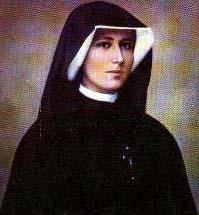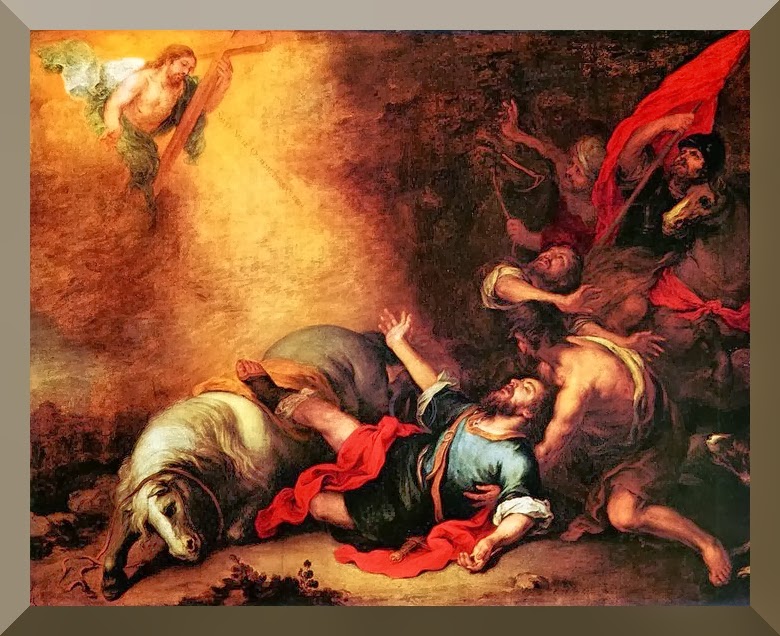
Saint Faustina of Divine Mercy
Saint Faustina brought to the world a Divine Message of Epic proportion, one cannot underestimate the impact this one woman has had upon the twentieth century.
She was born into a poor Polish family and given the name Helena Kowalska. No one could have then predicted how God would work in this woman's soul. Her family were very devout Catholics and they loved Helena as their favourite daughter, so it was with trepidation that they at first refused Helena her dearest wish to become a religious and devote her life in the service of God, for they could not bear the pain of separation from this most loving of daughters. So in an effort to please her parents and to try and ignore the 'inner calling Helena threw herself into her work as a nanny for a more wealthier family.
But Gods call was much stronger and more insistent, and it was during a social event when their was a dance that Jesus appeared to her and said to her "How long will I put up with you, and how long will you keep putting me off?" Helena knew she could no longer resist this calling nor could she refuse her Lord who she loved above all others, and upon hearing our Lord say to her, "Go immediately to Warsaw; you will enter a convent there." Helena then made sure her affairs were in order and once this was done she confided to her sister her plans to enter the Convent, and with a last goodbye to her sister she embarked on a course that would not only change her life, but would impact and change the world. Upon reaching Warsaw, Helena worked as a servant until she saved the dowry needed to enter the Order of The Sisters of Mercy, a year later, on August 1, 1925, she entered as a postulant. On April 30, 1926, Helena became a novice, taking as her "name in religion," the name "Sister Mary Faustina of the Blessed Sacrament."
Life was not easy for this most obedient of daughter of God, and upon receiving what would be her mission her life became even more difficult, when she started to receive messages and visions of our Lord requesting her to reveal to the world His most Divine Mercy and the Love which Jesus has for each soul. Sister Faustina faced much ridicule and open contempt from some of her fellow Sisters, but even though this pained her deeply she never lost focus on what was essential, Sister Faustina kept her eyes on our Lord and kept her note book in which she wrote down this most astounding and also most important message for the world.
Eventually Sister Faustina's health became fragile, and her Superiors doubted her ill health which quickly detoriated over time, but even when she was under so much pressure and intense suffering Sister Faustina trusted in her Lord and Savior and kept working on the note book which would become 'Divine Mercy in My Soul', Sister Faustina died on October 5, 1938 a most Holy and devoted soul. The task of spreading her message then fell to Father Sopocko, who worked tirelessly on this most Divine and most Intimate of Messages.
Many years later when our late Beloved Pope John Paul was shot in St Peters Square he requested that this book 'Divine Mercy in My Soul' be brought to him, the Holy Father as he recovered from the wound that nearly ended his life reflected much on this Divine Message.
Sister Faustina, as St. Faustina was beatified on April 18, 1993 and canonized on April 30, 2000.
I would encourage ALL to read her book and the Revelations found within from our Lord and Saviour, Jesus Christ.





